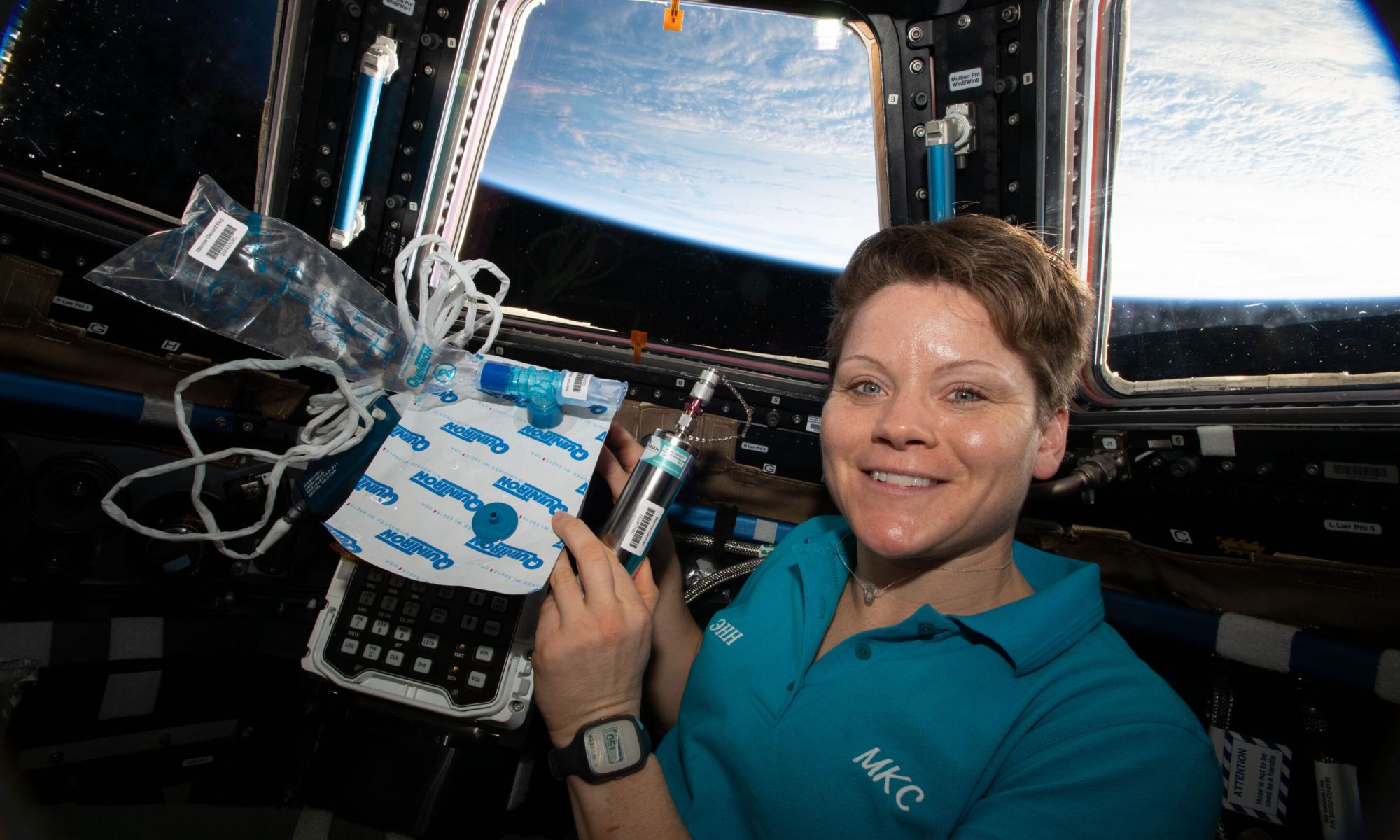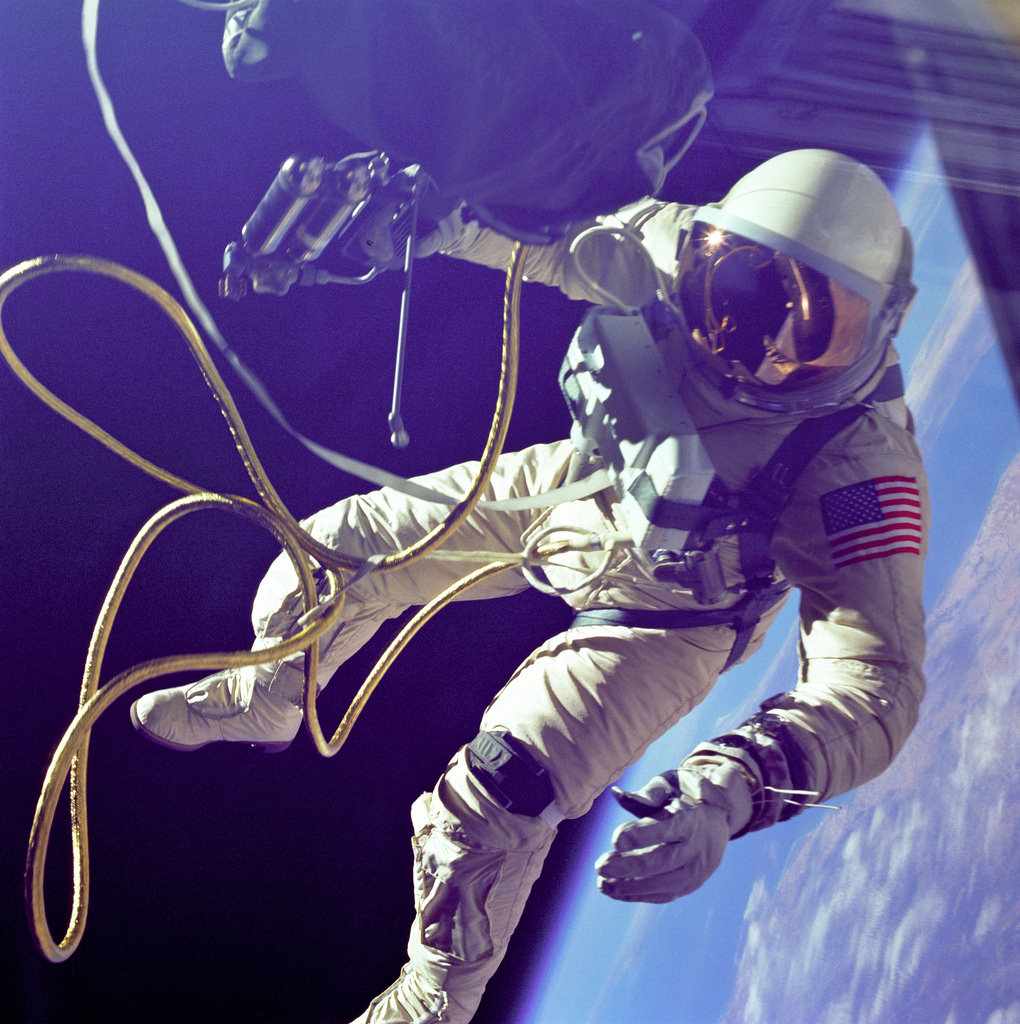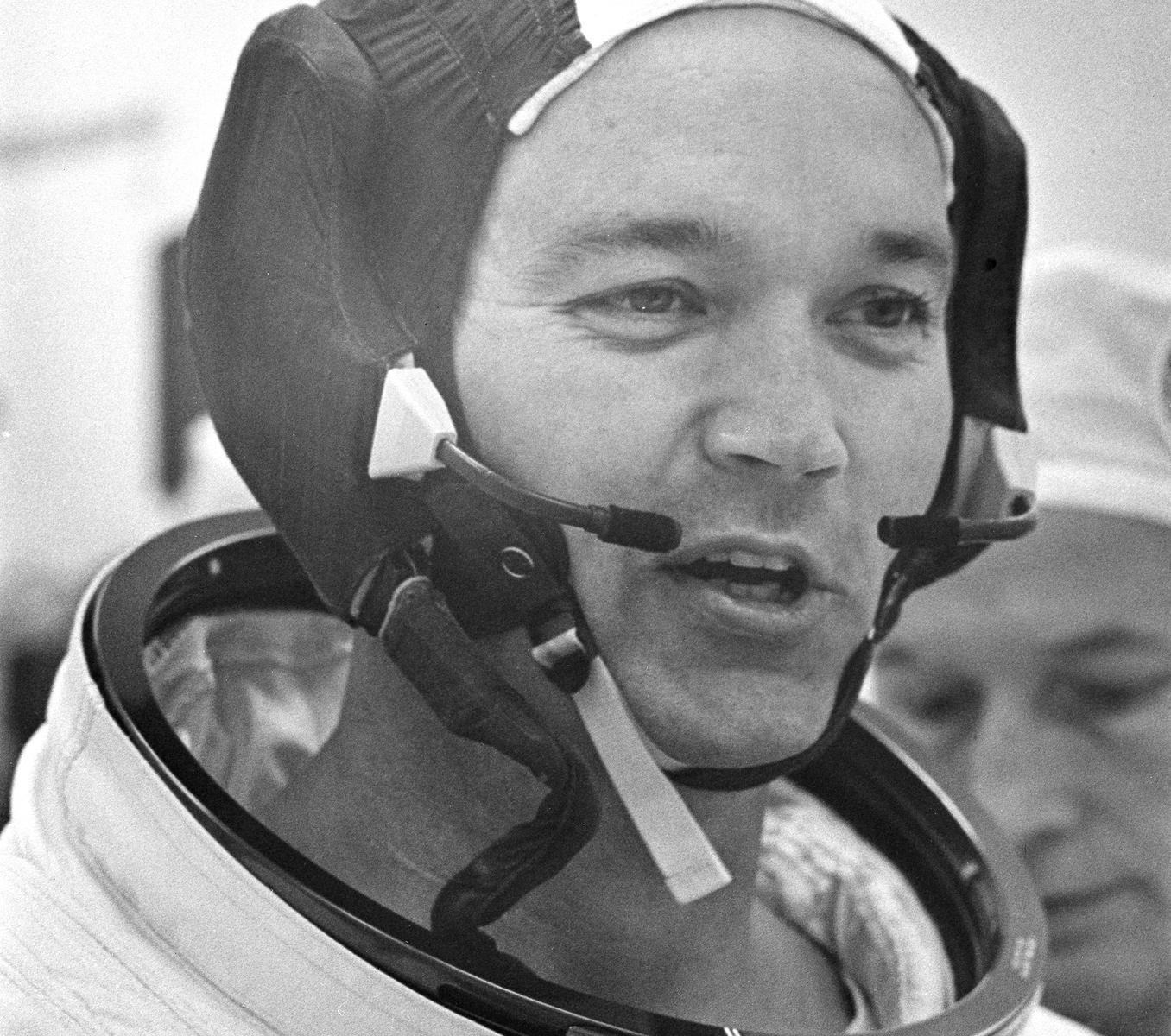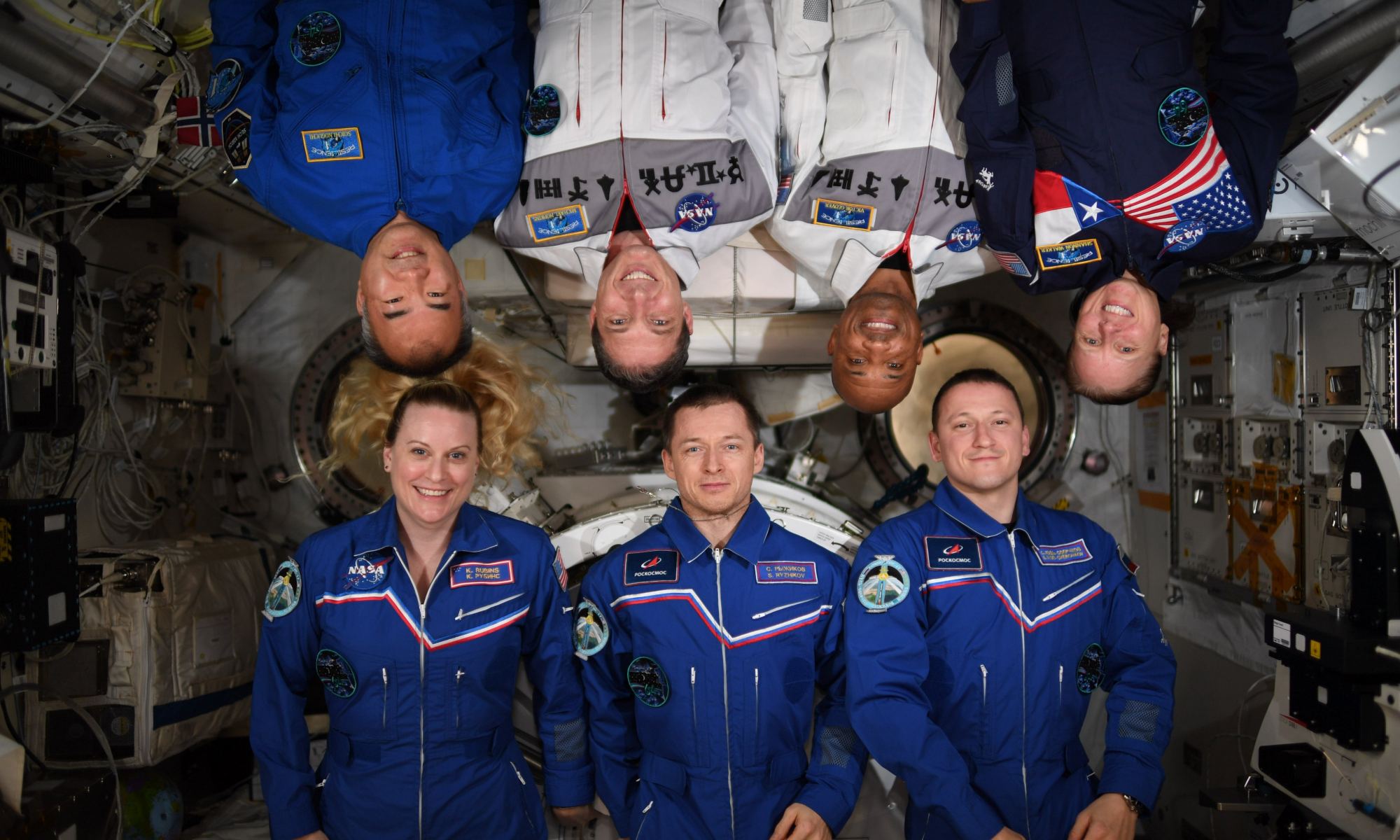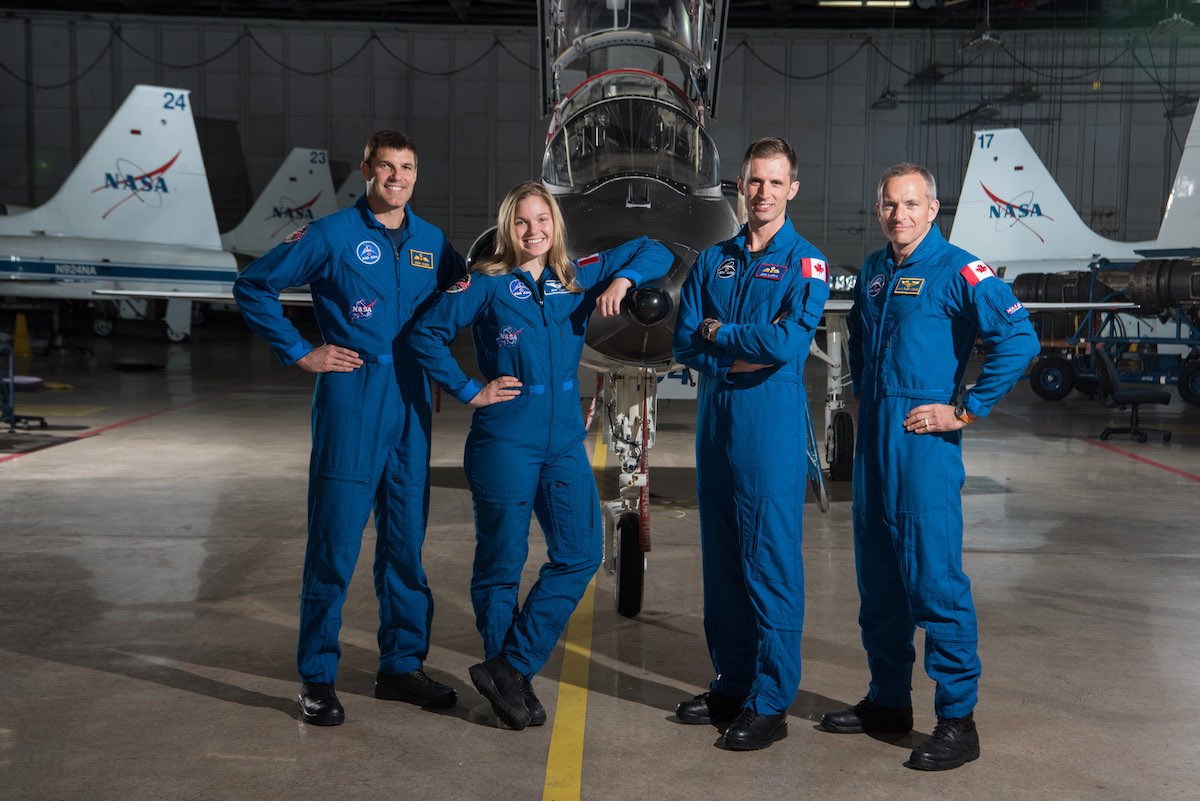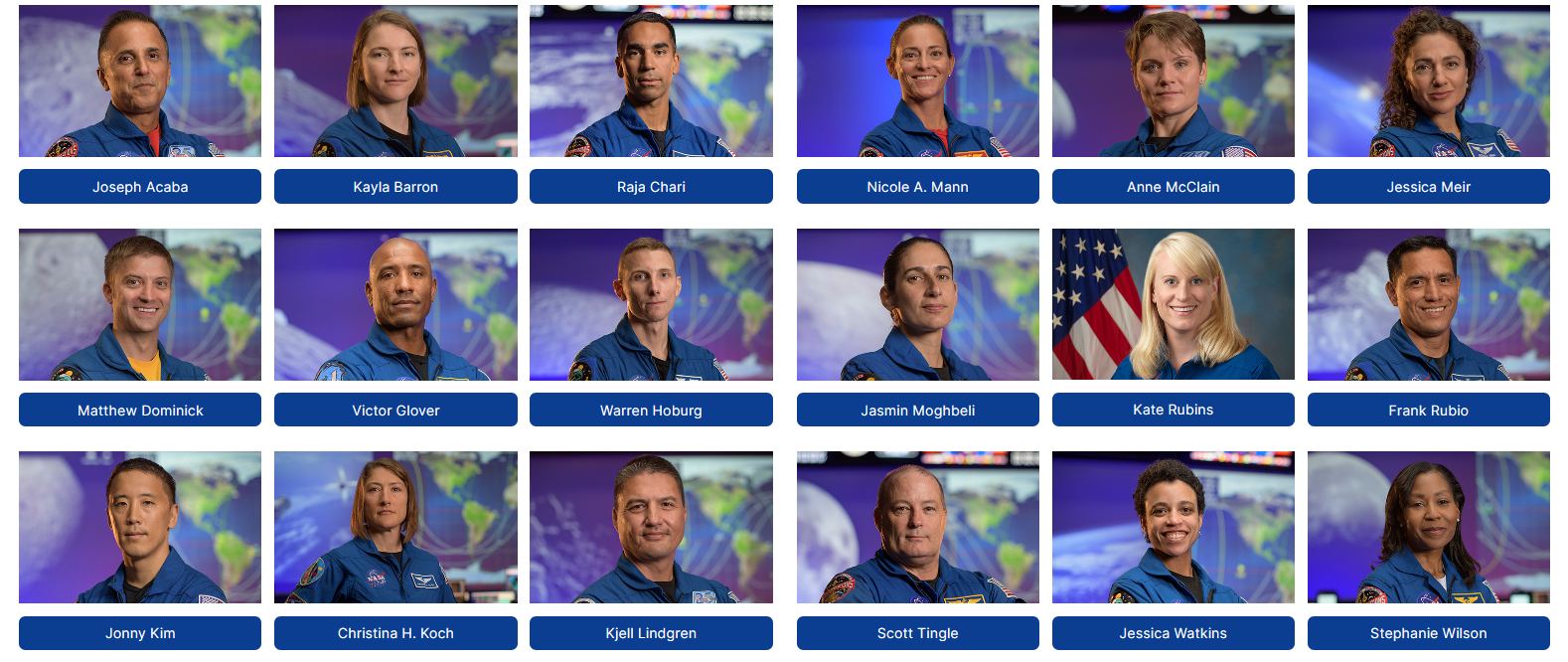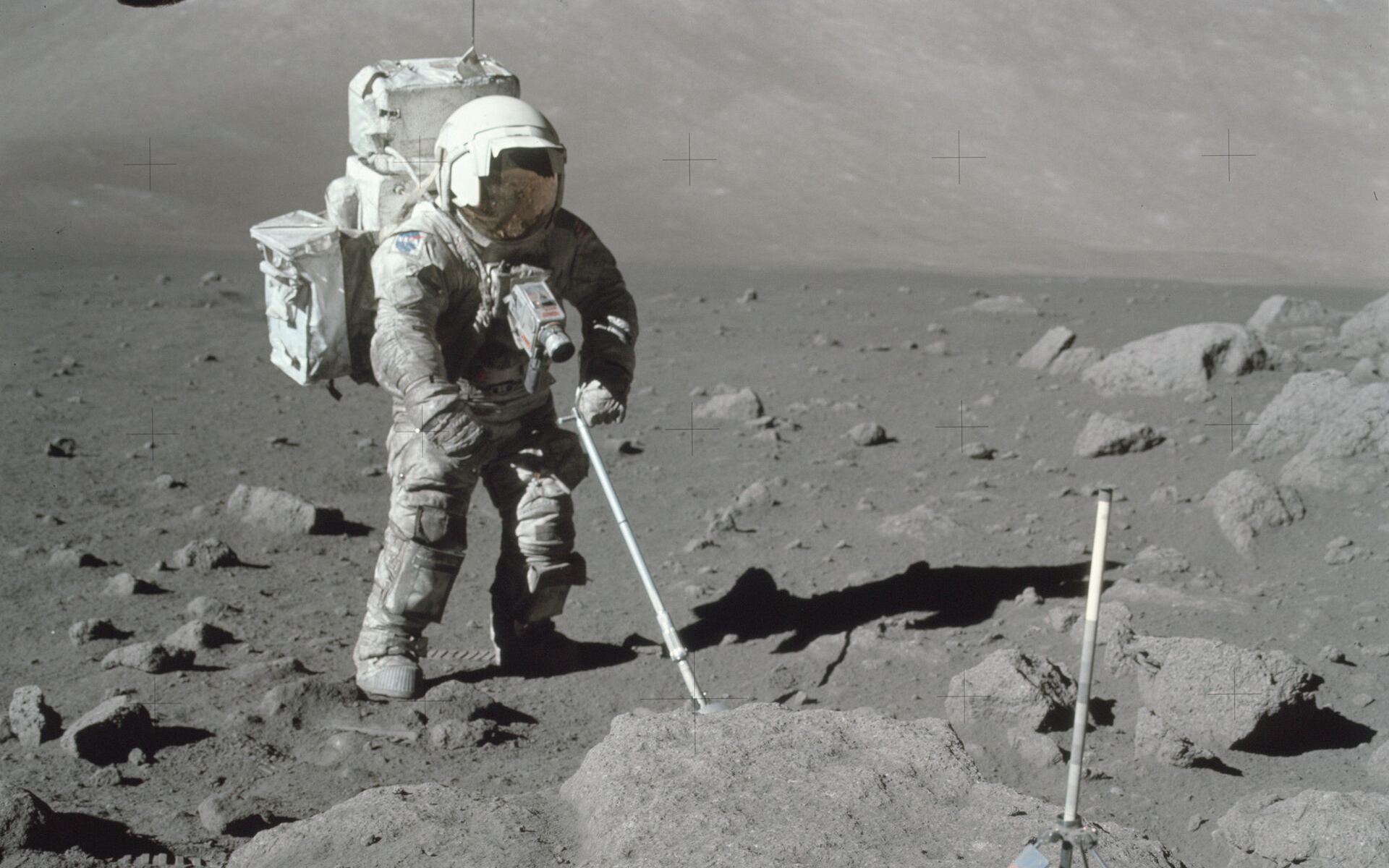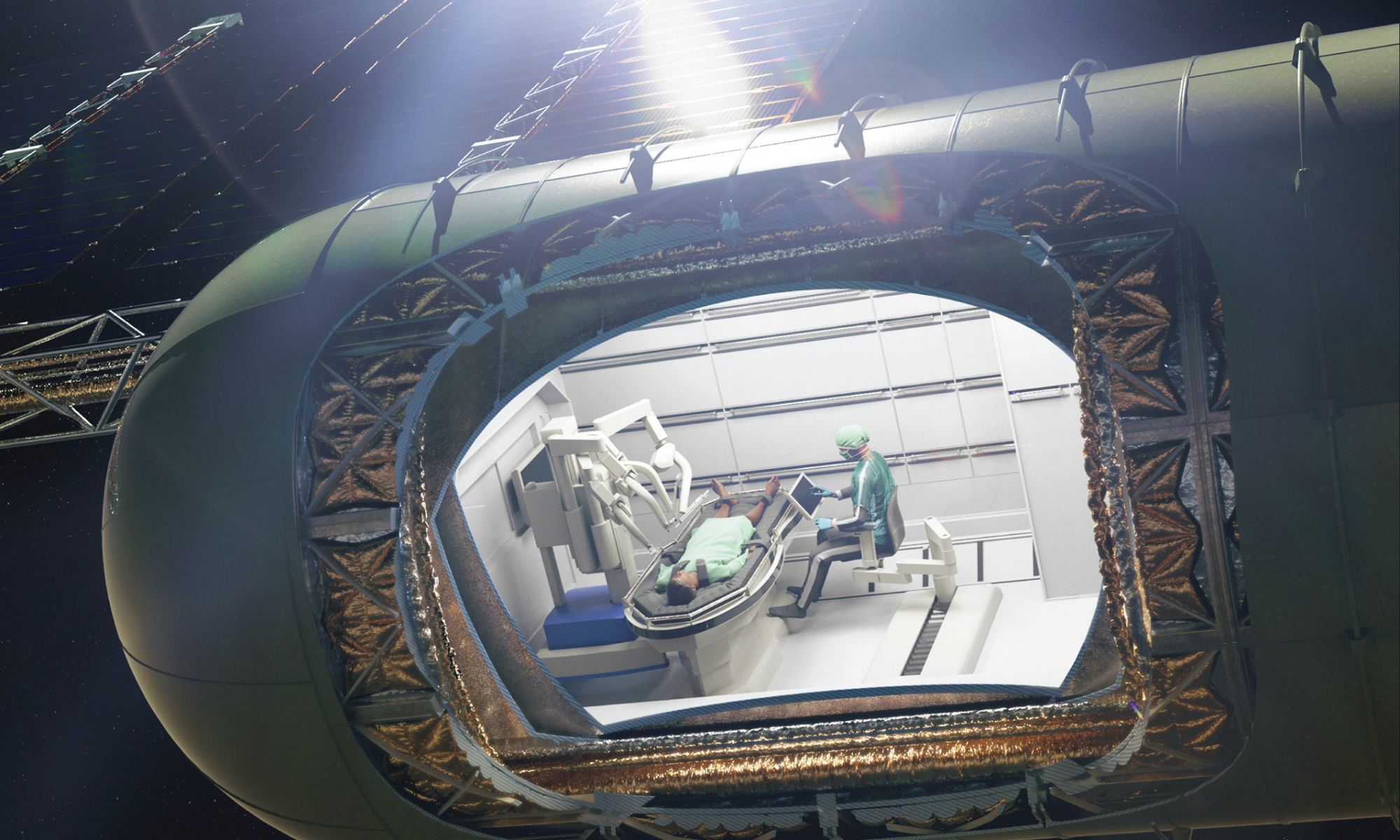It’s really true: space wants to kill us. And this time, space is trying to kill us from the inside out.
A new study on astronauts living on board the International Space Station shows that while in space, the astronauts’ bodies destroyed 54 percent more red blood cells than they normally would on Earth. Even one year after their flight and back on Earth, the symptoms of “space anemia” persisted in the 14 astronauts tested.
Continue reading “Space Flight Destroys Your Red Blood Cells”
